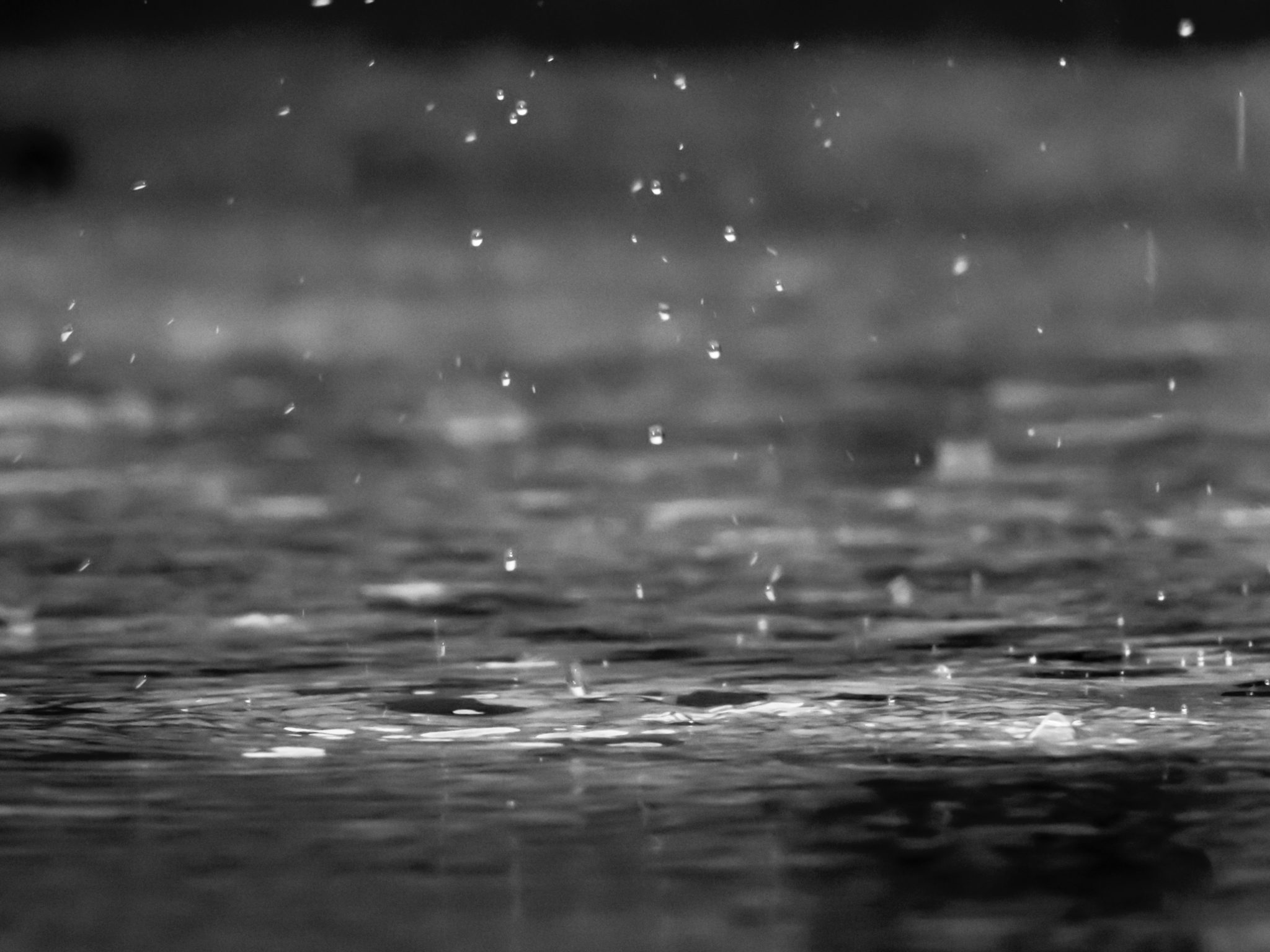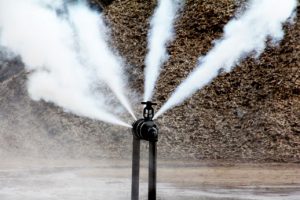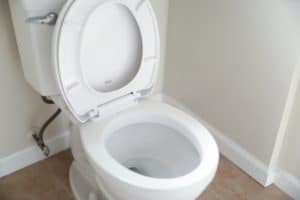We’ve just witnessed one of the most significant floods in over 60 years, and many parts of NSW have been declared a disaster zone. For those affected the most and those who were only affected mildly, floodwaters can have a damaging result on your home or business.
We’ve put together some resources and payment information for the Disaster Recovery Payment scheme and some tips on stormwater management and what to look out for in how heavy rain can affect your plumbing after a flood.
How to claim the NSW Flood Relief Payment
If you’re currently affected by floods, and you’re in the disaster zones, you may be eligible for the Disaster Recovery Payment for those impacted by the NSW floods in March 2021, and you have until 20 September 2021 to make a claim.
The following are the NSW Local Government areas:
- Armidale
- Bellingen
- Blacktown
- Blue Mountains
- Camden
- Campbelltown
- Canterbury Bankstown
- Central Coast
- Cessnock
- Clarence Valley
- Coffs Harbour
- Cumberland
- Dungog Shire
- Fairfield
- Hawkesbury
- The Hills
- Hornsby
- Inner West
- Kempsey
- Ku-ring-gai
- Lake Macquarie
- Liverpool
- Maitland
- Mid-Coast
- Nambucca
- Newcastle
- Northern Beaches
- Parramatta
- Penrith
- Port Macquarie-Hastings
- Port Stephens
- Sutherland
- Tenterfield
- Wollondilly
People impacted can claim $1000 per adult and $400 per child younger than 16.
Phone lines are open 7 days a week, 8 am to 9 pm.
Phone line: 180 22 66
7 reasons to have your stormwater and drainage systems properly managed
- One of the best ways to avoid drainage problems on your property is to employ a stormwater professional to check your property drainage. A licensed plumber can design your roof water drainage system and advise on drainage solutions.
- It’s easy to assume that because you have built with all the Australian building and drainage codes, you won’t have a problem, but flooding can still be unexpected even with the best builds.
- Never assume it is the council’s job to prevent residential drainage as it’s not the local government’s responsibility. All properties can experience drainage problems, and it is not the job of governments to prevent us from making mistakes that are of our own doing.
- Don’t assume that just because your home is above the local flood level, you will no longer need to think about flooding or drainage issues. Any house can experience stormwater and drainage issues without proper drainage solutions.
- Don’t assume that all drainage problems can be avoided by installing a ‘bigger’ drainage pipe. There will always be a more significant storm. All residential properties must allow for major storms and the resulting occurrence of increased surface flows.
- Check that your driveways or pathways don’t tilt towards your house or garage, or you’ll cause a lot of water to be directed to your home, not away from it. Driveway gutters and drainage for stormwater across the land surface can be easily achieved.
How heavy rain can affect your plumbing
There is a reason water is known as the most destructive substance on earth. The type of rainfall we’ve just experienced is not just rain but extremely heavy rain, which can put immense pressure on your gutters and pipes.
Here’s what can happen after a large storm or flood:
- Heavy rain can shift underground pipes
During times of high precipitation, rain can soften the earth surrounding the underground pipes. This may potentially cause them to shift out of their original positions. With any ground shifting, pipes can crack or burst, leading to more flooding and hidden leaks than you may not detect straight away.
- Heavy rain can cause backups in pipes
In addition to dealing with problems with underground pipes, you may also have to deal with backups from rocks and soil. This debris can get into your pipes through the cracks that were a result of the pipes shifting.
- Heavy rain can cause gutters to break or to be damaged
When there is a lot of heavy rain, gutters and drainage pipes can split, crack or be damaged, which can cause potential damage to the structure of your house and roof.
Tree root damage
With heavy rain, trees can be damaged, and if tree roots begin to break into your pipes, they can crack pipes quickly. Tree roots love to absorb the nutrients found inside pipes and will often grow towards them and get inside them, causing cracks and blockages.
Who is responsible for Stormwater drains?
Get in touch
At Murphy Plumbing, we care about our local community and are here to help if you are experiencing any plumbing, stormwater or drainage problems after the devasting floods.
Murphy Plumbing provides a 24/7 emergency plumbing service to residents and businesses in the Newcastle and Hunter Valley region. Our licensed plumbers offer priority servicing and after-hours’ services to Maitland, Port Stephens, the Central Coast and everywhere in between.
If you are currently experiencing a plumbing emergency, please contact our team at Murphy Plumbing as soon as possible.




